Evolution of the Camera Phone: 2002 – Today
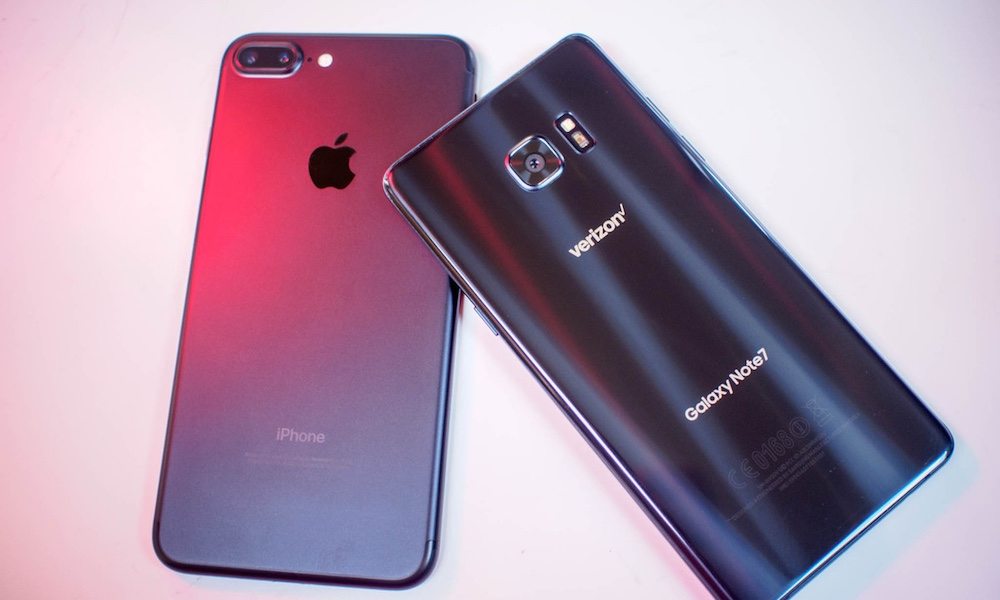
Image via Android Central
Toggle Dark Mode
Amidst the backdrop of powerful mobile imaging hardware — a selection of smartphones boasting 12 MP, 16 MP, and even super-advanced 41 MP sensors — some of us might be hard-pressed to believe that camera phones, as we know them, actually had a much more humble beginning. And so, today we’d like to take a quick look back at the history of the camera phone — an opportunity to acknowledge, and even appreciate, just how far our camera phones have come over such a short period of time.
Year: 2002
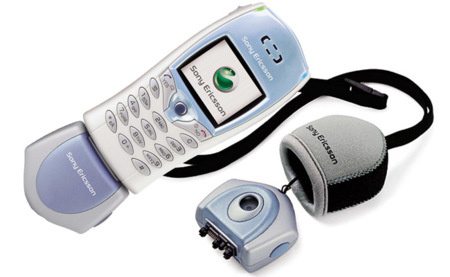
It all started with the Sony Ericsson T68i. A seemingly ancient dumb-phone, in retrospect, the T68i launched way back in April, 2002, boasting a display of just 101 x 80 pixels (px.) The device wasn’t actually a camera phone right out of the box — rather, it could become one, thanks to a quirky-looking, camera-equipped accessory that one could plug into the bottom of the handset, allowing them to capture photos boasting 256 different colors, in an equally ancient VGA resolution of 640 x 480 px.
Even despite its clunkiness and difficult-to-use form factor, though, the T68i’s camera accessory was nevertheless an exciting one, because it combined what was once a standalone functionality with the convenience of a cellphone — blending two perfect elements, for their time, and paving the way for a brighter, high-definition future that would have seemed unreachable back then.
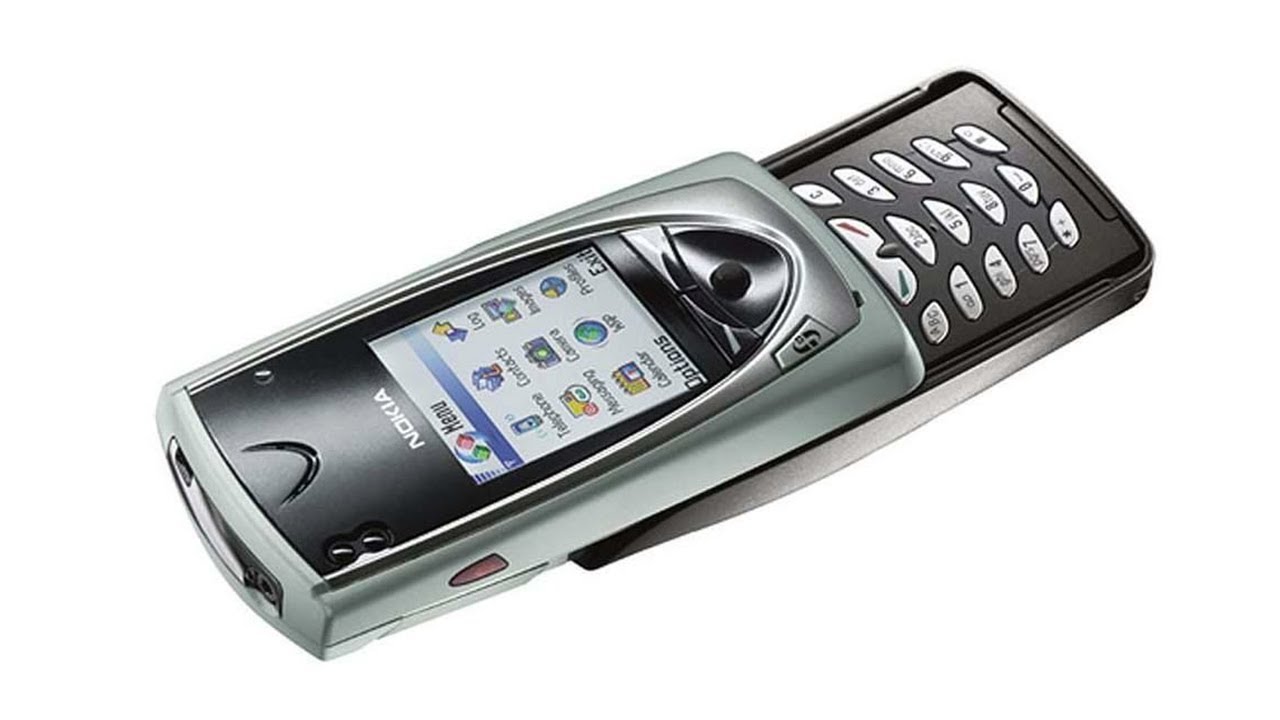
Soon came the first domestically-available device to feature a camera that was actually built-in. No plug-and-play accessory required, the Nokia 7650 — also from 2002 — boasted a 2.1-inch display at 176 x 208 px and a ‘class-leading’ 0.3 MP VGA still-camera plastered on its back.
2003
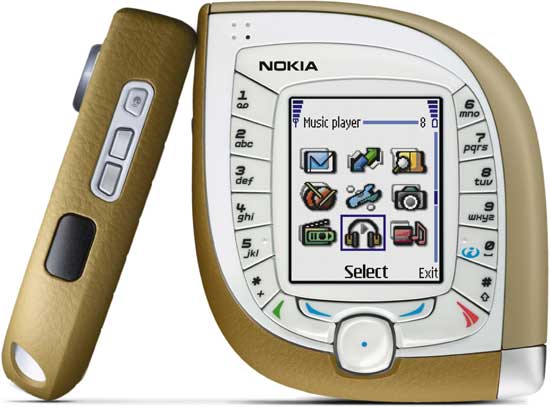
Once 2003 rolled around, things started heating up a bit, as this was when camera phones boasting video recording capabilities began making their debut. Models including the Nokia 6600, for instance, with its VGA-capable video hardware; and even the quirky-looking Nokia 7600, with its 2.0-inch color display and 144 px recorder, were among the first to market with such capabilities.
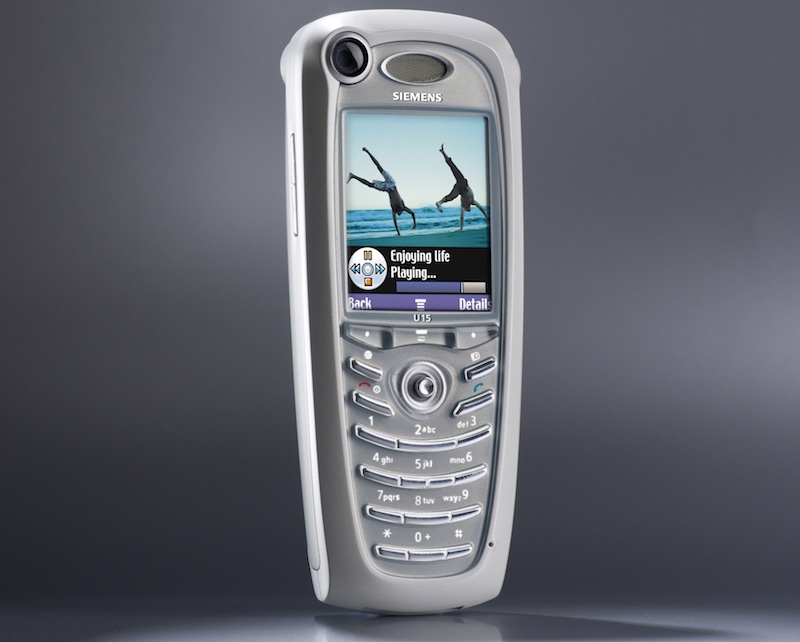
Later that year, even more advanced mobile camera hardware — and the selfie camera — began making its star-studded debut for the first time. Models such as the Siemens U15, for example, which boasted twin 2 MP rear- and front-mounted cameras, were icons of the early millennium, and paved the way for what became a race to deliver more and more pixels in the years that followed.
2006, Today, and Beyond
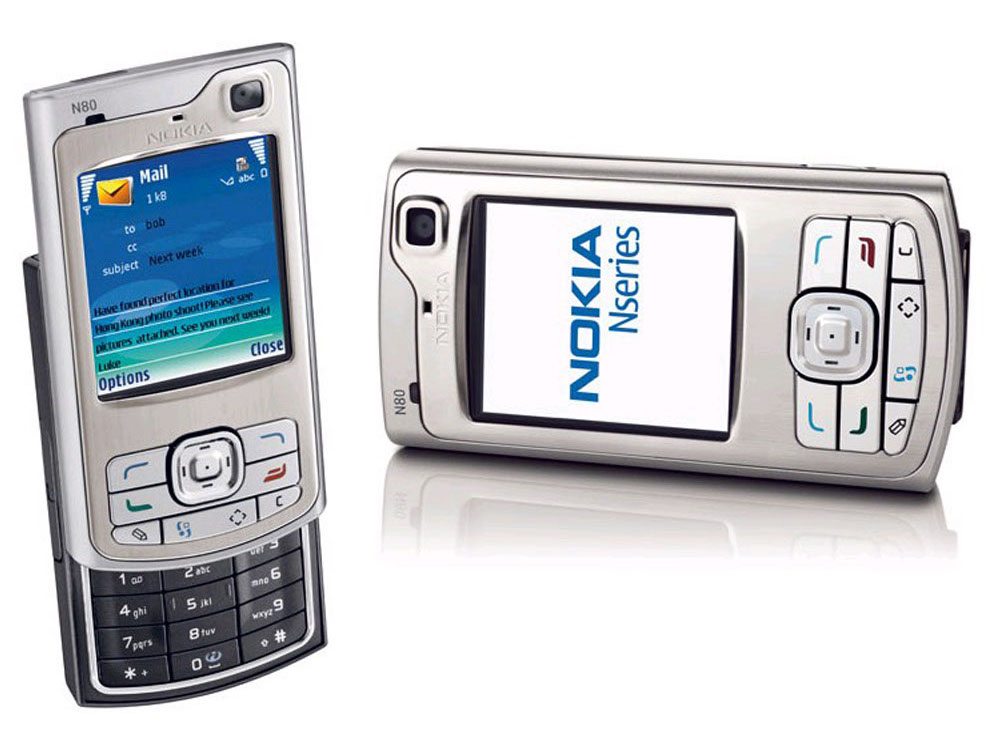
While the process was slow but steady, the 12-13 year period from then to now saw some of the most iconic phones of all-time hit the market to much fanfare, boasting 3 MP, 5 MP, and even 8 MP cameras, complete with professional-grade optics designed by manufacturers such as Carl Zeiss, which first premiered on the Nokia N80 in 2006.
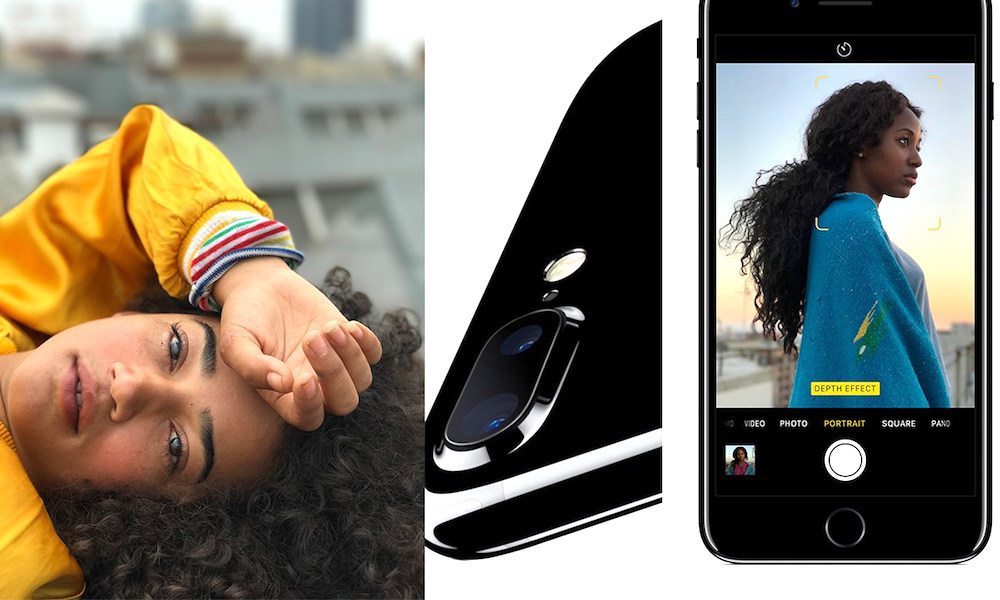
It’s interesting to think: today we’re talking about the iPhone 7 Plus’ dual-lens cameras, LED flash, HDR imaging, and a host of other fabulous technologies that make our current smartphone almost as capable as the camera hardware that professional photographers use when they’re out on the job. And, of course, let’s not forget about the future. With revolutionary 3D imaging just around the bend, and a myriad of Augmented/Virtual Reality applications on the cusp of going commercial, it’s certainly an exciting time for mobile technology.






